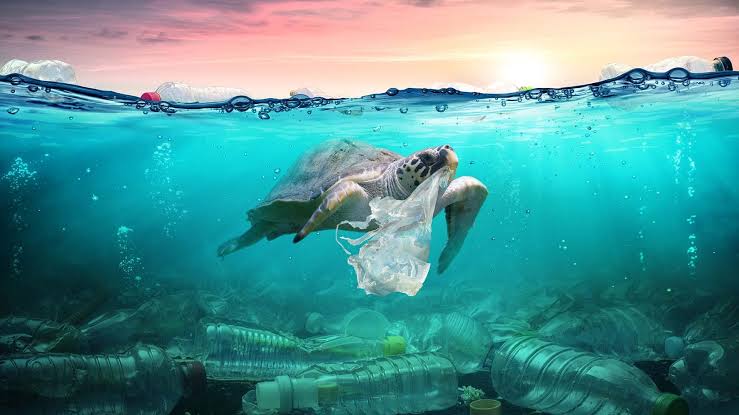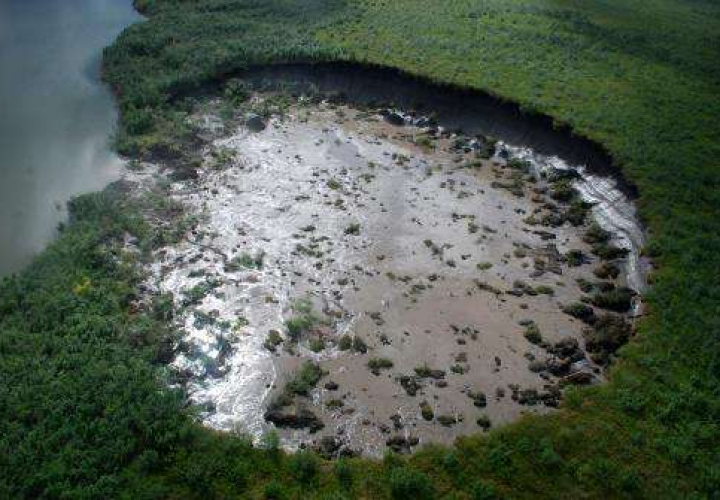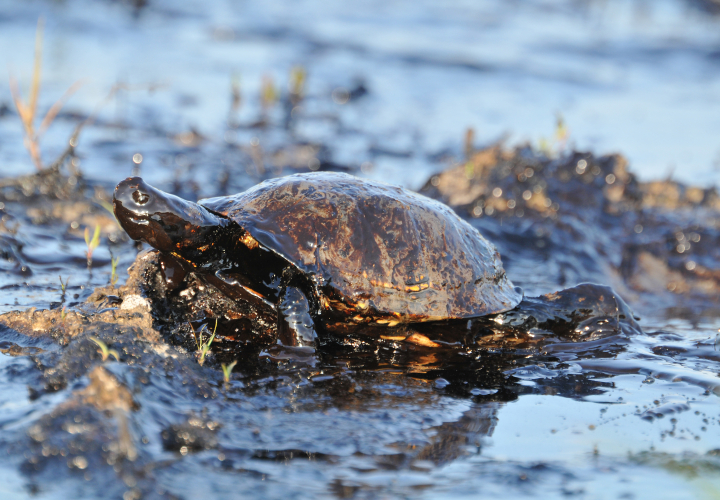
Phasing out or scaling down? Unfolding the new era of re-use.
Single-use plastics have been a decades-long norm for many countries across the globe - certainly having several grave impacts on the environment. However, these impacts and effects on the environment and humans seem to be a trivial matter that isn’t quite popular at many round tables.
With the increasing utilization of single-use plastics, many countries are now grappling with plastic waste management crises most of them becoming despondent, further succumbing to its raging impact.
Climate change is now the world's new ‘buzzword’ with environmental activists, scientists, and conservationists scaling efforts in establishing novel and groundbreaking nature-positive sustainable solutions in combating and curbing radical human-induced environmental issues such as single-use plastic pollution that has caused immense damage to the environment, ecosystems, and the human.
According to the World Wildlife Fund (WWF), 11 million tonnes of plastic waste flow into our oceans annually, a figure worryingly expected to triple by 2040. Champions of the UN’s plastic pollution treaty, have also revealed that without drastic action there could be more plastic than fish in the sea by 2050.
Managing single-use plastic waste has never been an easy task to take on, especially as global consciousness towards their reduction is now center-stage — thus elevating the importance of the struggle. This formidable task has been cushioned courtesy of the new Treaty and resolution endorsed by the United Nations Environmental Program(UNEP). This is due to the growing and increasing concerns about the adverse impact microplastics have had on people's health over recent years.
The Treaty also acts as a crucial turning point in curbing international single-use plastic pollution in minimizing its detrimental effects, marine ecosystems revitalization and biodiversity restoration. Also, the treaty aims to push global communities away from single-use and draw them closer to reuse projecting a huge decline in single-use plastic production by replacing 6 billion plastic bottles of water by 2025.
This treaty further upscales sustainability efforts by underscoring the significance of producing 100% recyclable, free-from-virgin-plastics and reusable water filter products. The framework within the treaty also addresses the plastics' full lifecycle from design, to production, manufacturing, logistics, reuse, and finally, disposal. This consequently helps improve innovation and creativity, thus building a stronger will in bridging this gap.
Reusable water filters might be the world’s long-awaited environmental ‘messiah’, a solution Mother Nature has been longing for decades and a preamble to an over-increasing catastrophe caused by harmful single-use plastics.
So what makes this product special? How does it work? How potent is it in curbing climate change in revitalizing marine ecosystems and biodiversity? The benefits it has on one's health?
Well, let’s explore the crucial role water filters play in our health and environment in general and how they help Lower microplastic contents from our water supply. Microplastics are small plastic particles that result from the breakdown of larger plastic items. Measuring less than 5 mm in size, these particles are silent killers that pose a huge, serious threat not only to the vast environment but to human health as well.
They have far infiltrated our ecosystems, both terrestrial and marine environments affecting air and water quality, disrupting marine life, and causing biodiversity loss. There are other pathways in ingesting microplastics apart from single-use plastic water bottle consumption. When marine species ingest these toxic compounds they find their way into the food chain and that’s how they get into our system, this can be life-threatening and might potentially cause perennial health issues.
Health issues caused by microplastics:
Toxicological studies on microplastics are increasing rapidly, and the experiments outline a wide range of toxic effects induced by microplastics. They include; Metabolic disorders, neurotoxicity, Oxidative stress, reproductive and developmental Toxicity, and insulin resistance.
Recent evidence cites few traces of microplastic components in fish, water bottles, and beverages through beer and salt. New research also estimates that the average adult consumes 2000 microplastics every year through salt. Spooky? Yes!!
Environmental benefits:
Improves water quality, safeguards marine life and ecosystems, improves marine biodiversity, creates a cleaner and safer environment, reduces single-use plastic pollution, cleaner and fresher air.
How does the water filter work?
In pursuit of meeting our water filtration ends, choosing the right water filter is fundamentally important and there are a few factors that dictate which type of water filter products one should go for. For instance, water from municipal requires. Less filtration attention compared to water from other sources i.e. wells and untreated sources which require a more robust filter.
Water filters like multilayered Filtration Systems use multiple layers of media including mesh screens and ceramic filters, which have been proven to be highly effective in reducing microplastic concentrations in water. Research studies have also shown that reputable and well-maintained filters can remove up to 99% of microplastics, ensuring that the water we consume is much safer and cleaner.
Other water filters include:
Activated carbon filters: Has a porous surface that captures organic contaminants like microplastics as water passes through it.
Reverse Osmosis filters: uses a semi-permeable membrane to block impurities such as microplastics.
Solutions:
- Creating Institutional awareness by promoting green projects that help phase out single-use plastics.
- Creating awareness of single-use plastic disposal methods to help reduce plastic pollution, both in water bodies and landfills.
- Creating more incubation programs to foster reusable and recyclable plastic projects.
- Instigating robust policies and regulations on plastic production to help reduce microplastic components released into the environment.
Achieving a plastic-free initiative seems a merely impossible goal to actualize, but a collective action to this silent menace can reap results that are impact-worthy and long-term. An impact that is set to save mother nature, the human person, and animal species that face human-induced risks from all fonts.





